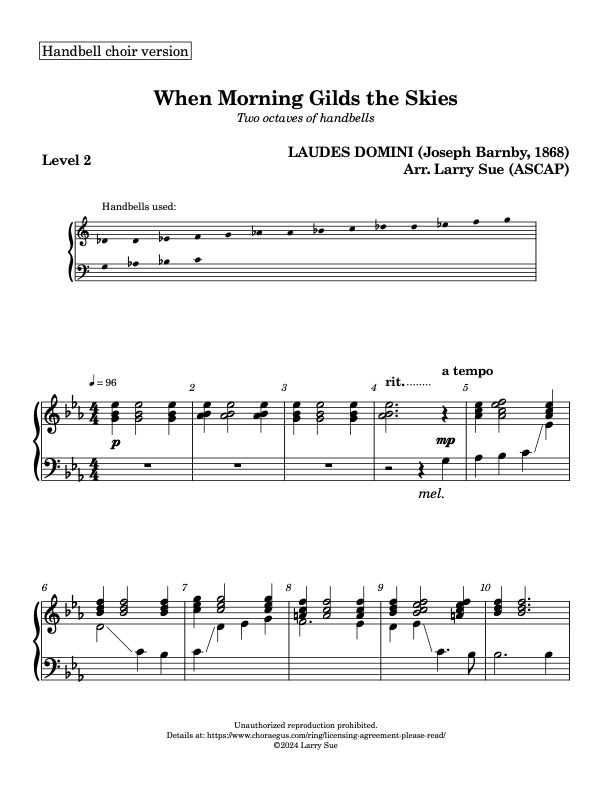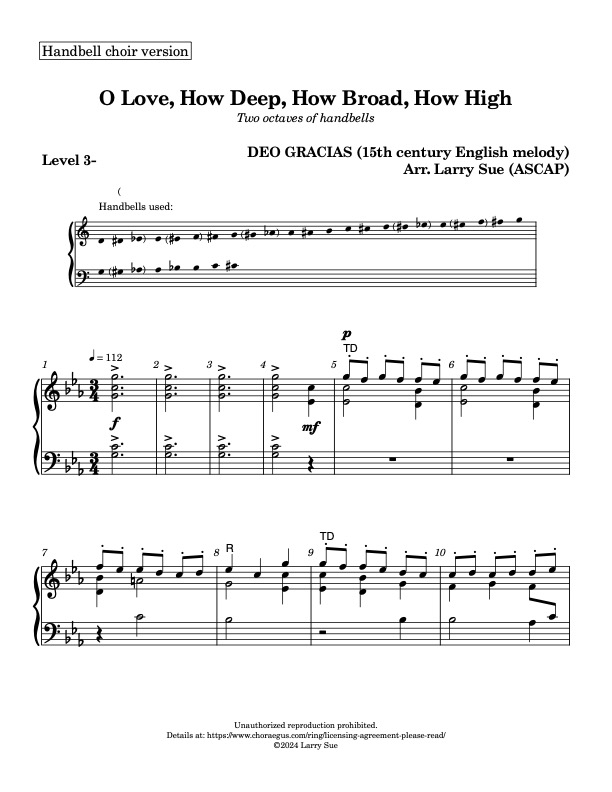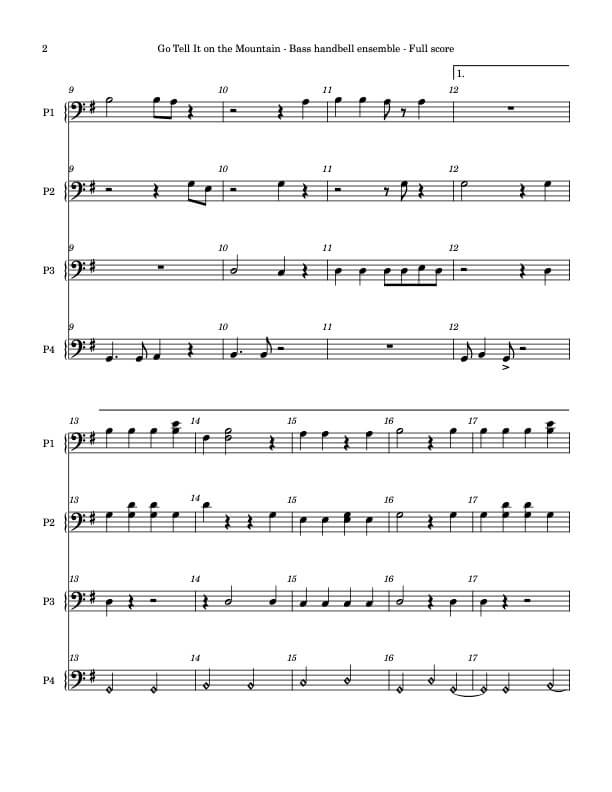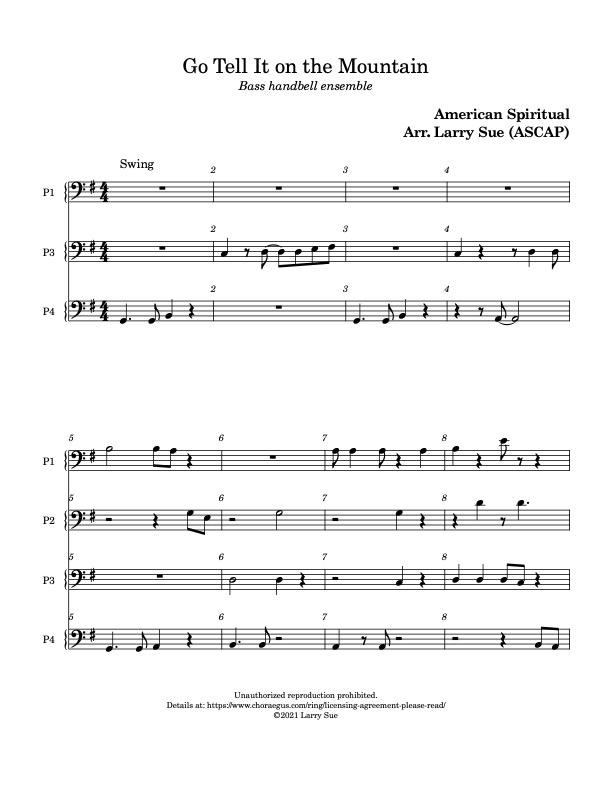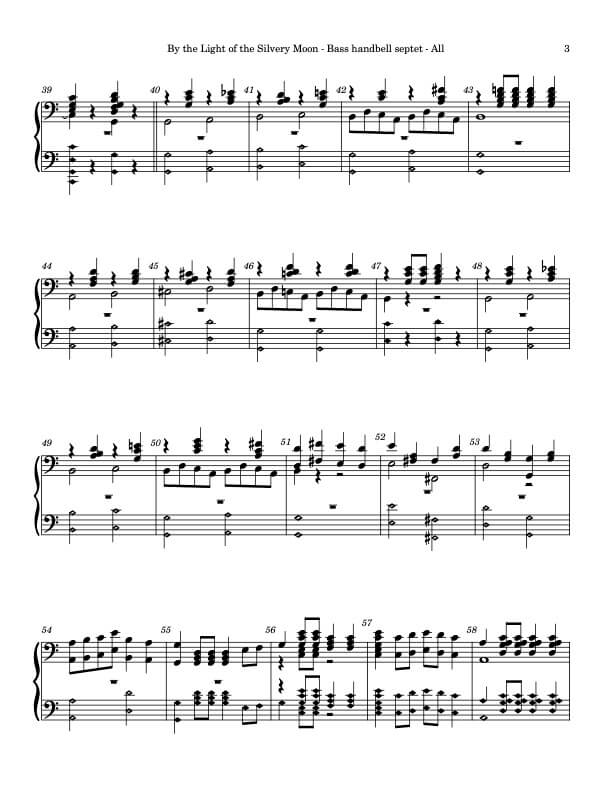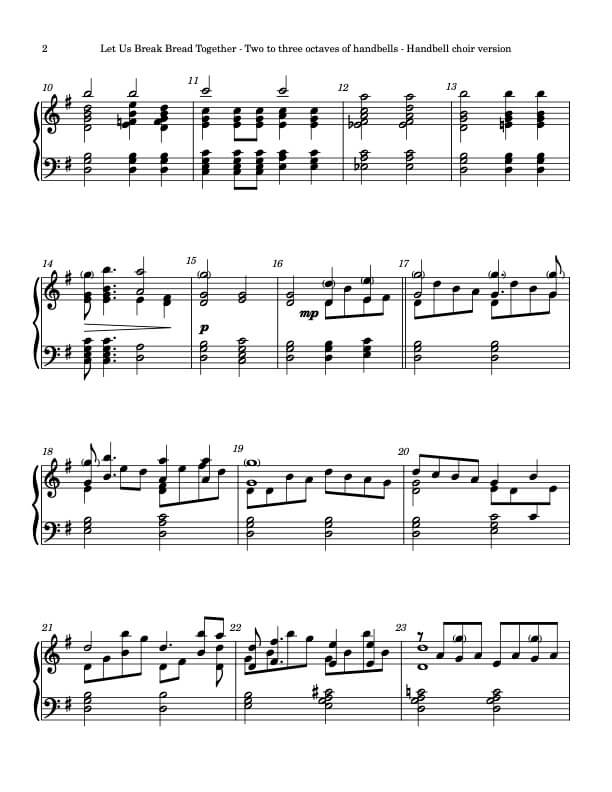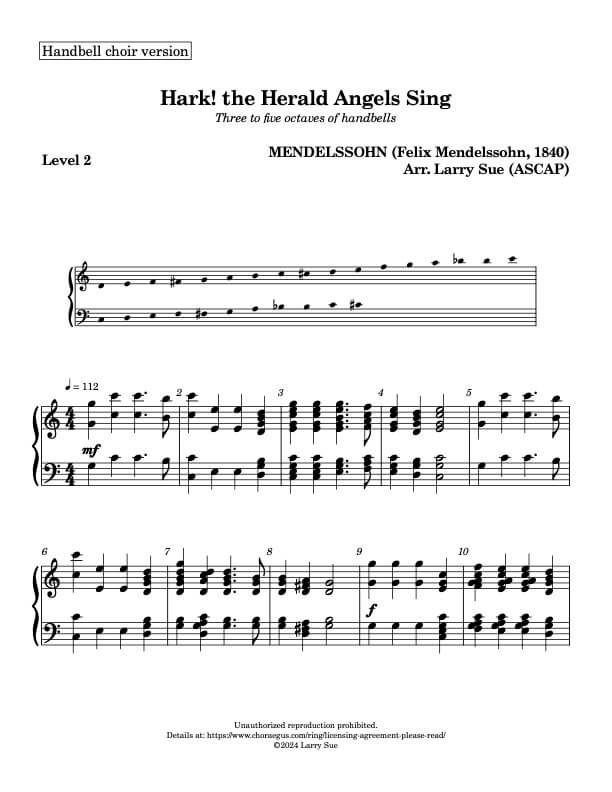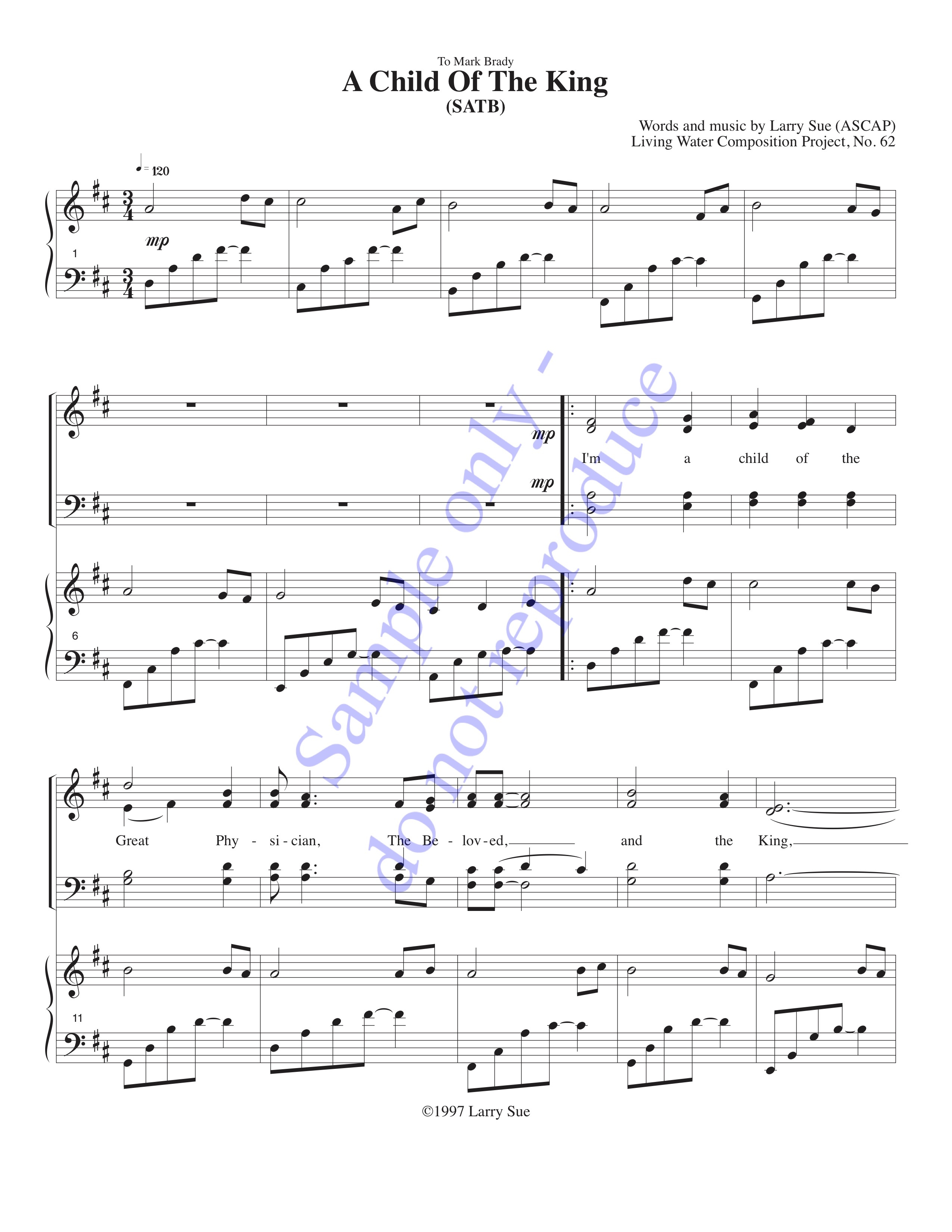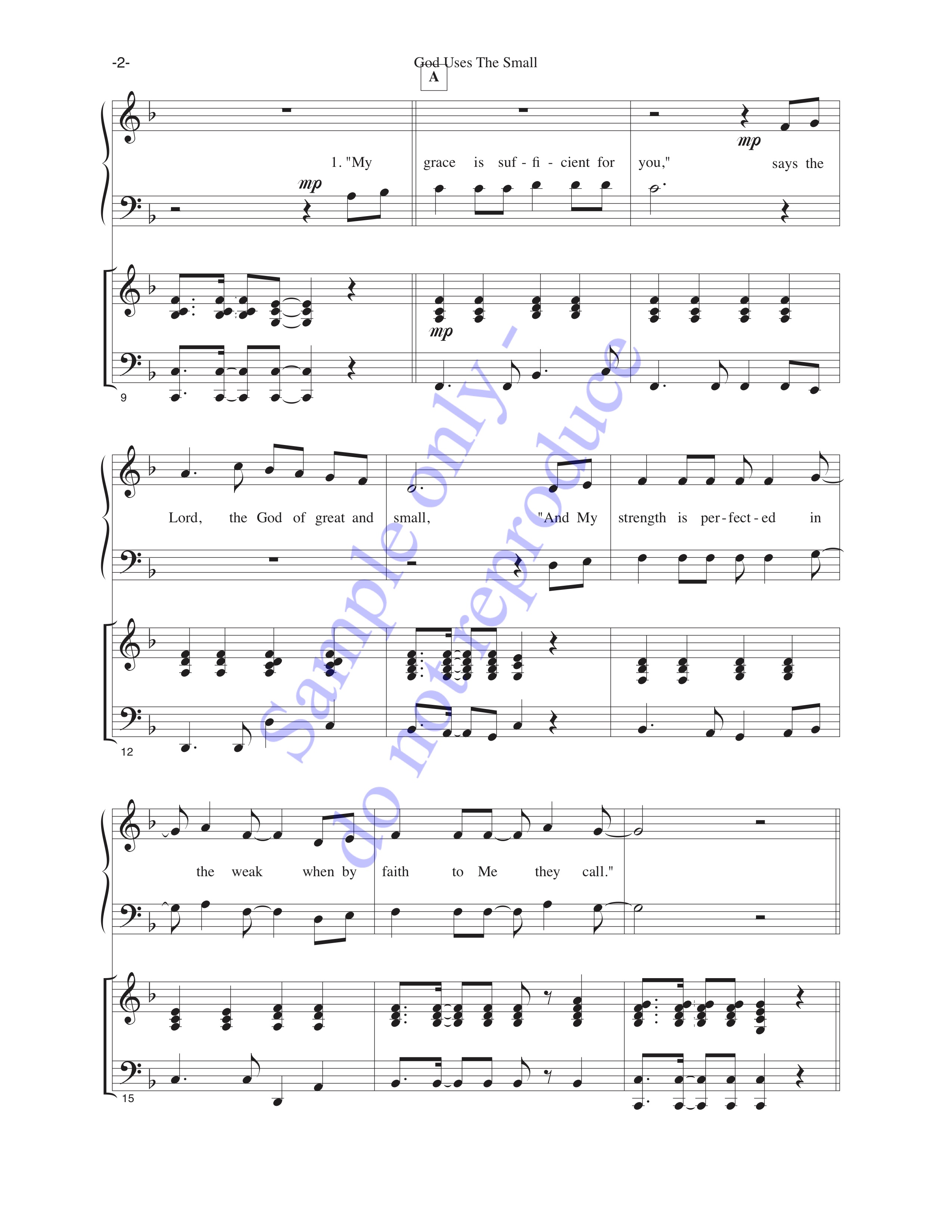Unified vowels define the power and tone in choral music. In the same fashion, unified consonants define the rhythm in that same music and make the lyrics understandable. Here are principles for unifying consonants:
- Make them short. This makes it easier for a large number of singers to enunciate them at the same time, thereby making the rhythm of the music apparent.
- Make them clear. It’s essential to enunciate the precise consonants written. The most important idea is to differentiate each one from other similar consonants.
There are several families of consonants:

Each family is a collection of consonants that are formed with approximately the same mouth/tongue/lip position. Note that R, W, and Y aren’t in any of the families because (in English) they’re somewhere between vowels and consonants. H also isn’t included in a family because it’s a pure “aspirate” – essentially, a bit of air – that acts as a sort of “non-consonant”.
A much more detailed analysis of these consonant families is available at my Choral Diction page.

